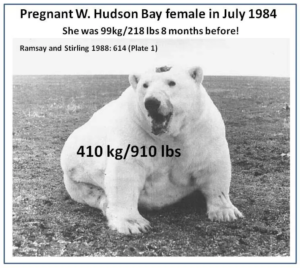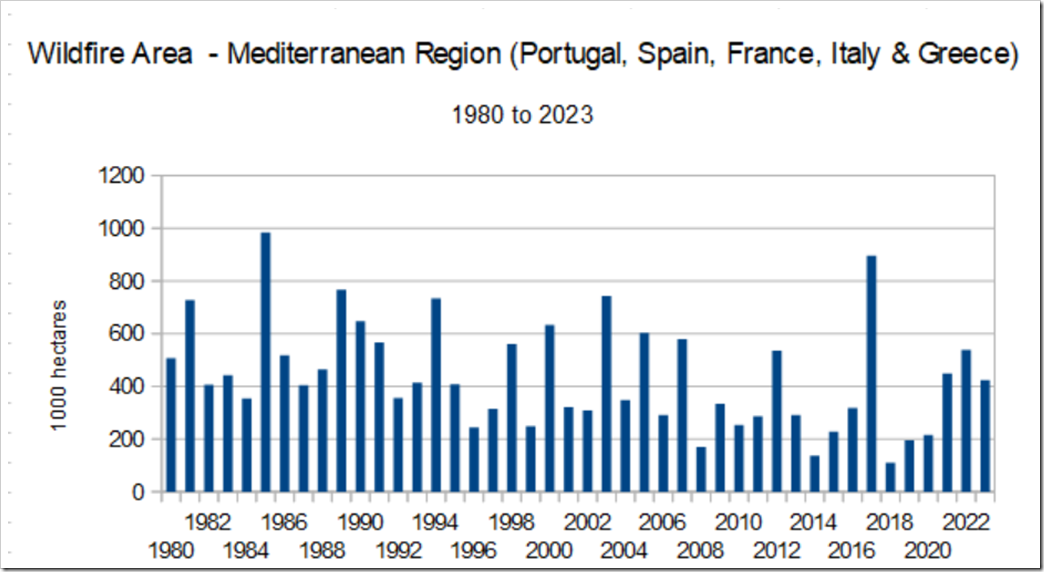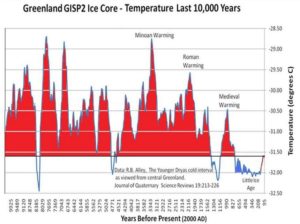Most climate models are worse than garbage, a number of real measurements, peer-reviewed studies and data show. Their phony results are mainly used to spread fear.
The outputs of model simulations often get confused by the media and public as real measurement results. But often they are generated nefariously to promote panic.
Recall the pandemic models showing showing 100s of millions would die if we didn’t lockdown. In reality COVID 19 was no worse than a regular flu.
What follows are 61 NTZ posts from 2023 that show that climate model results have nothing to do with reality. Their outputs are garbage.
1. Typhoons are supposed to be getting more frequent and worse. They are not.
2. Sea levels rise is accelerating, models say. Fact: at many places they are falling.
3. It’s the hottest in 125,000 years. Wrong, e.g. it was fore example 4-7°C warmer in Austria 2000 years ago.
4. CO2 is the main driver. It is not. Models severely underestimate clouds.
5. Water vapor causes warming. But here’s a study that suggests the opposite.
6. CO2 leads to warming and drought. But the opposite is true: greening and cooling.
7. Winters in Tokyo are warming, the models tell us. But JMA data in fact show they are cooling.
8. Models show rapidly rising sea levels. But tide gauges and studies show it’s not true.

9. Models say Venice is gonna sink. It’s not happening, a study shows.
10. Models say that Holocene sea levels are higher than ever today. But mid-Holocene levels were 1-3 meters higher.
…
…
51. Remember how the models predicted Greenland would melt rapidly and cause sea levels to rise by meters? Well, since 1992, it has only contributed 1.2 CENTIMETERS!
52. Oops, also volcanic activity got neglected by the models too.
53. Two Portuguese scientists (Khmelinskii and Woodcock, 2023) identify at least 8 assumptions in the “greenhouse gas hypothesis” that lack scientific validation. Models can’t work if the assumptions are grossly false.
54. Models got the aerosol forcings wrong too. ..10 times larger.
55. Antarctica has cooled. Models are wrong on that, too.
56. Models have been failing for 4 decades. Remember above how we remarked they worked better in the 1980s.
57. Modern sea ice extent is nearly the highest it’s been in 9000 years.
58. The rise of CO2 over the past 120 years hasn’t really altered the greenhouse effect. Someone tell the modelers.
59. A new paper finds that the models have it backwards: warming drives CO2!
60. Definitely today is NOT the warmest its been in 125,000 years, not even 10,000 years.
61. German Helmholtz UFZ ground moisture models insist the ground is still dry, even after weeks of heavy rains and floods.











